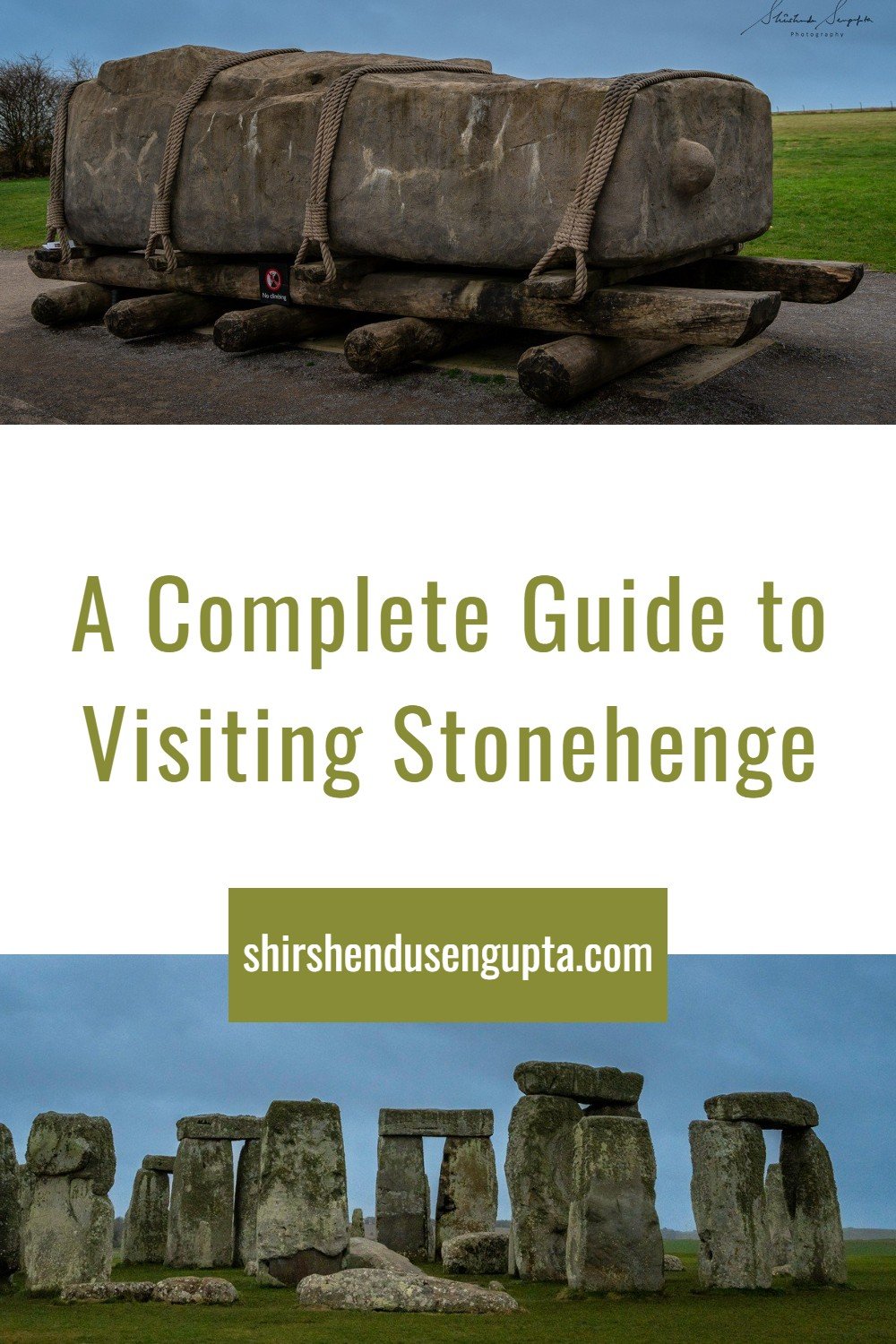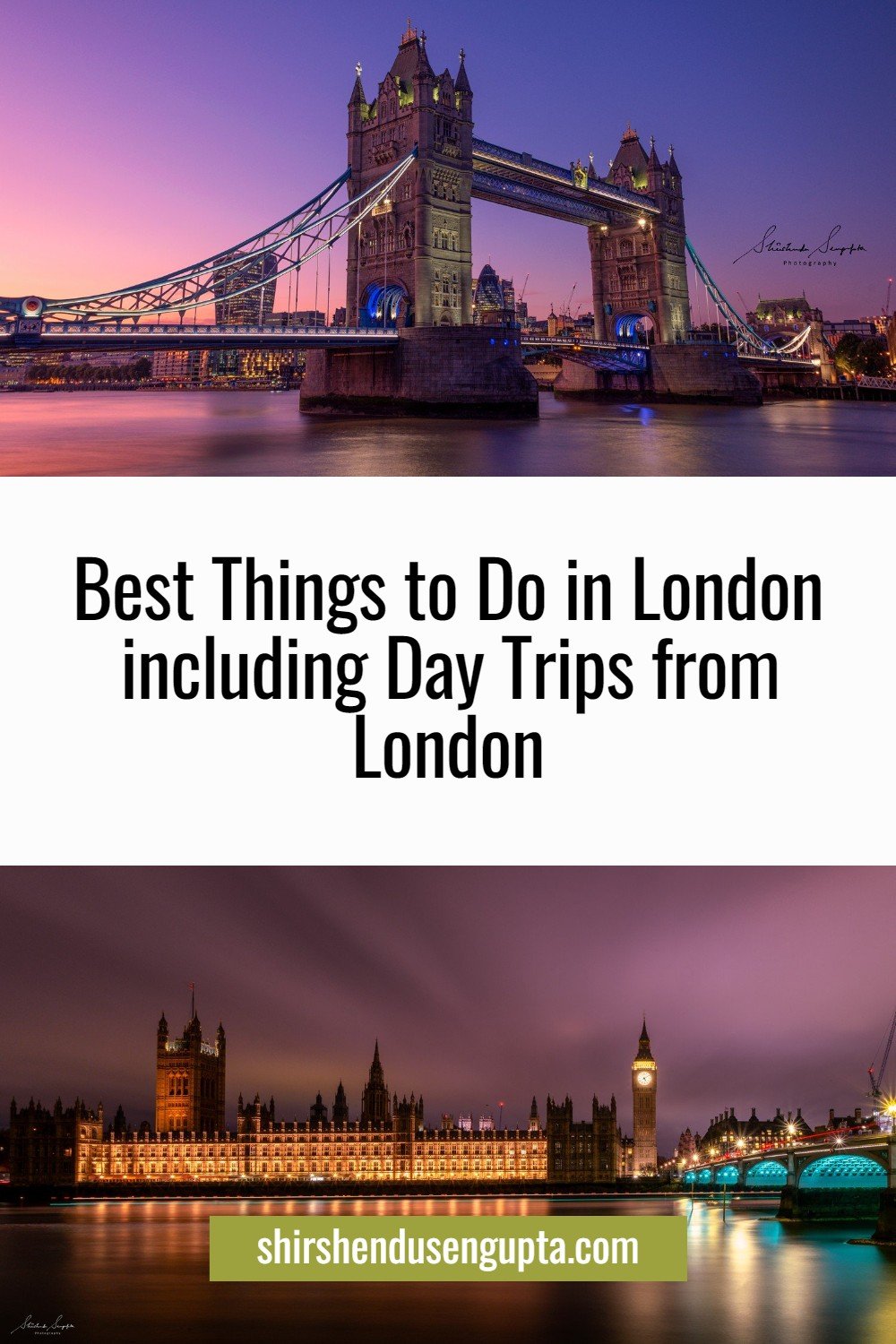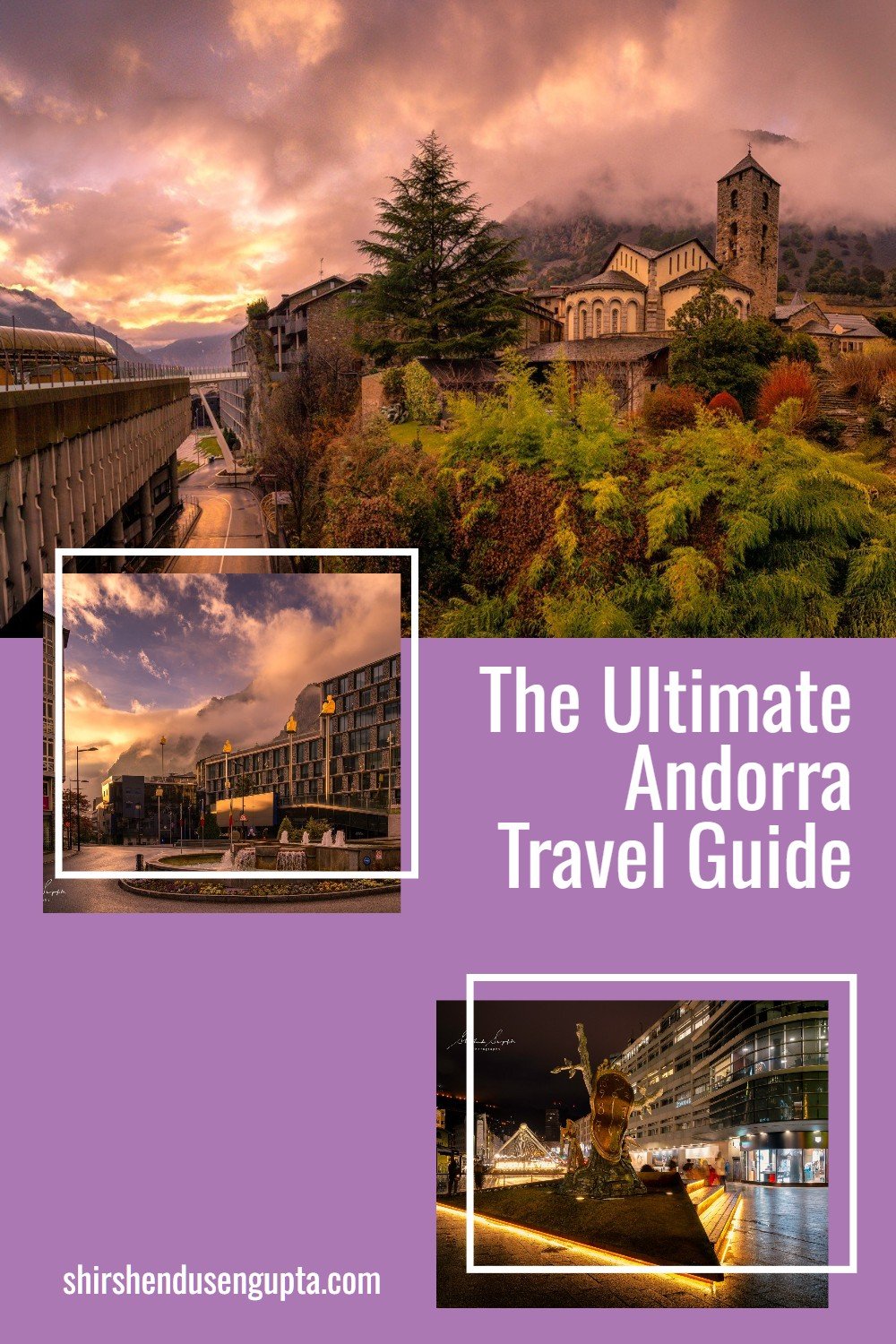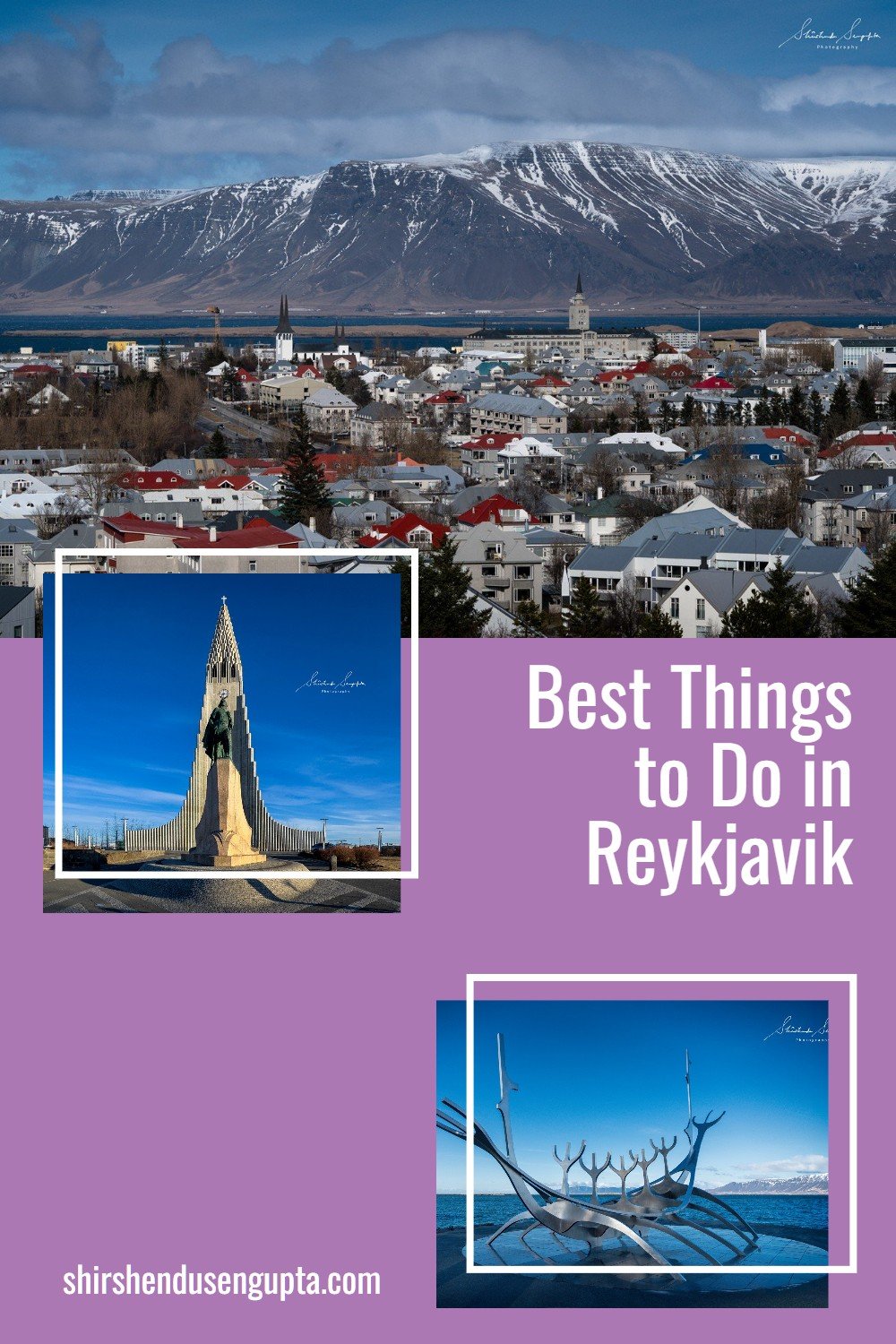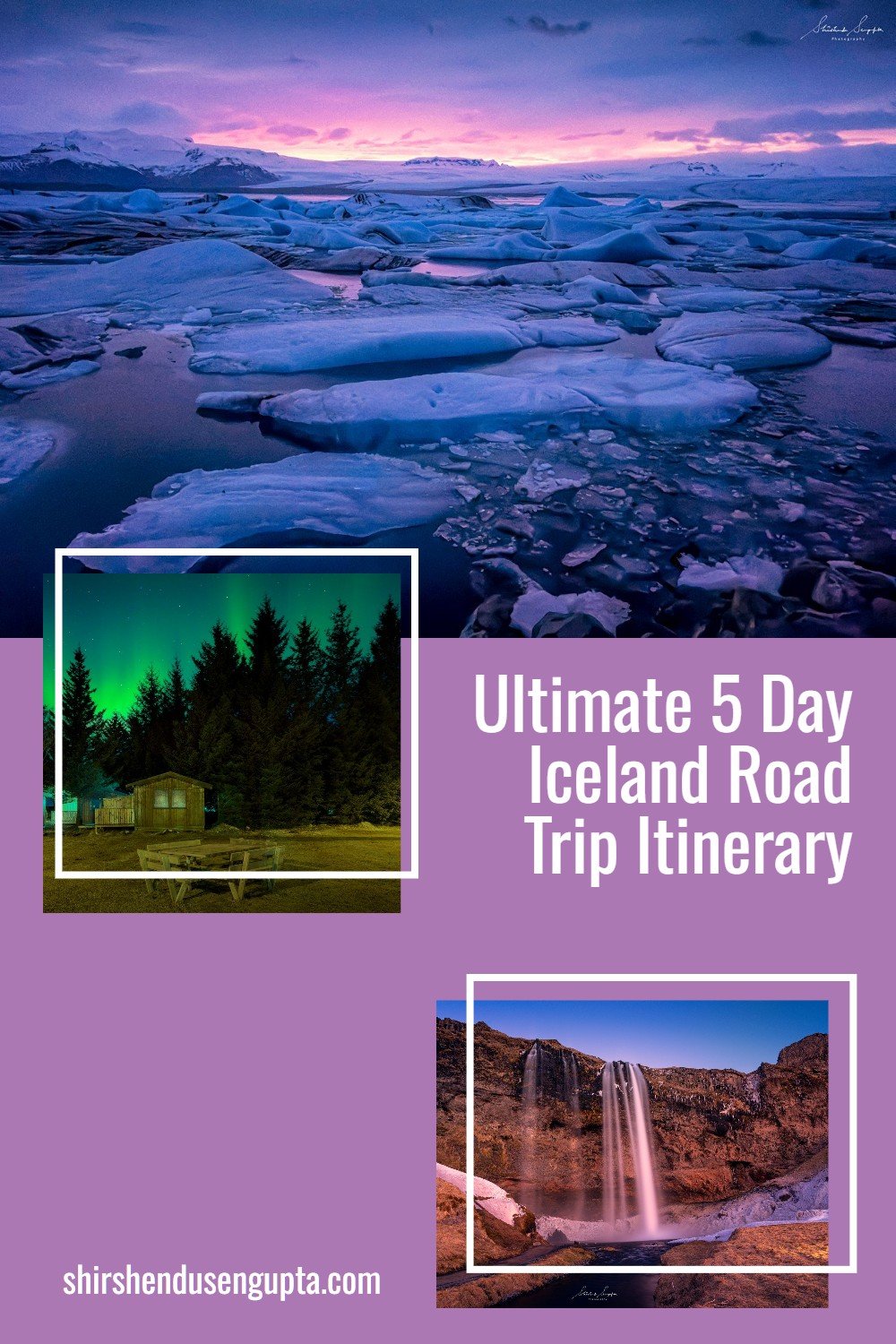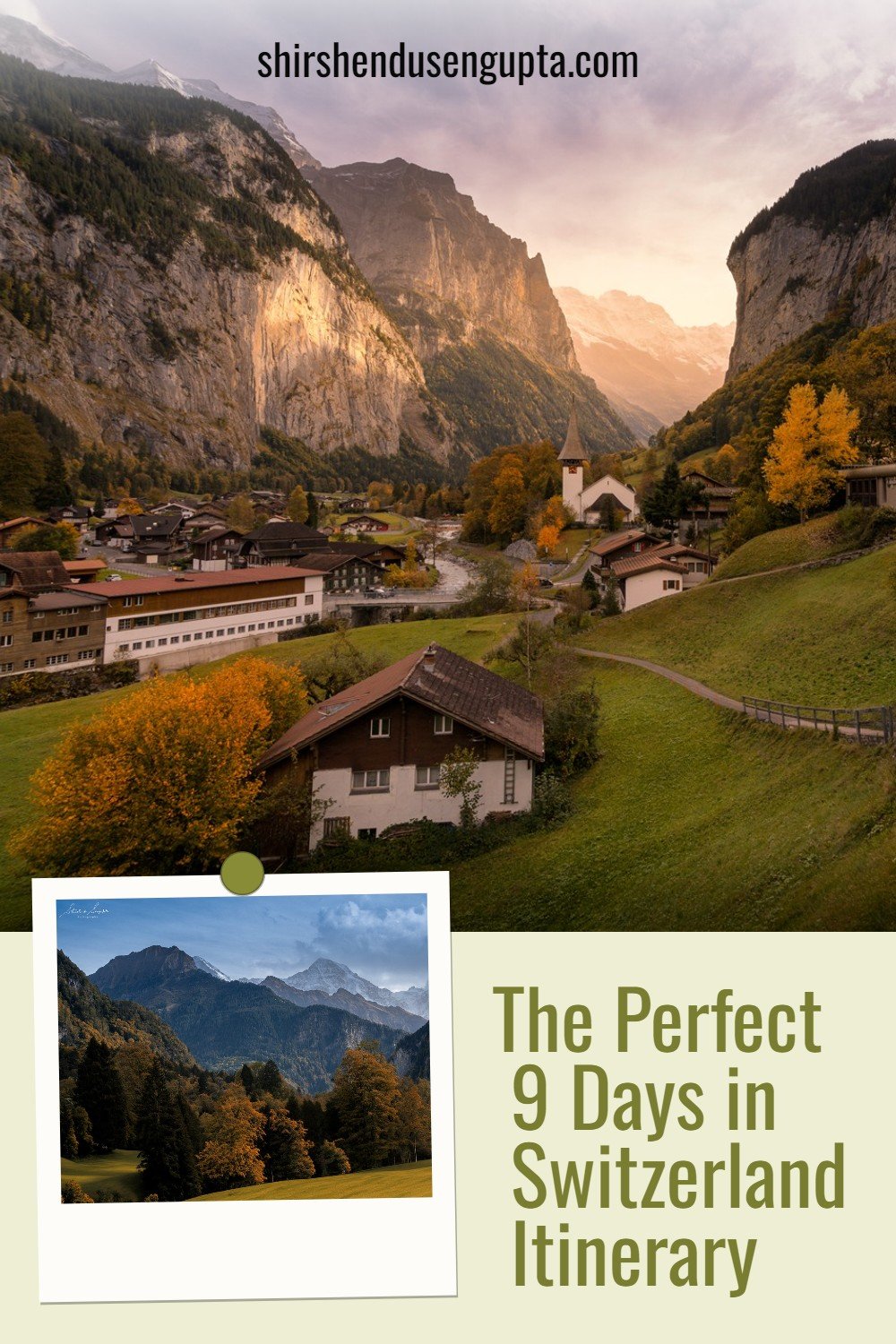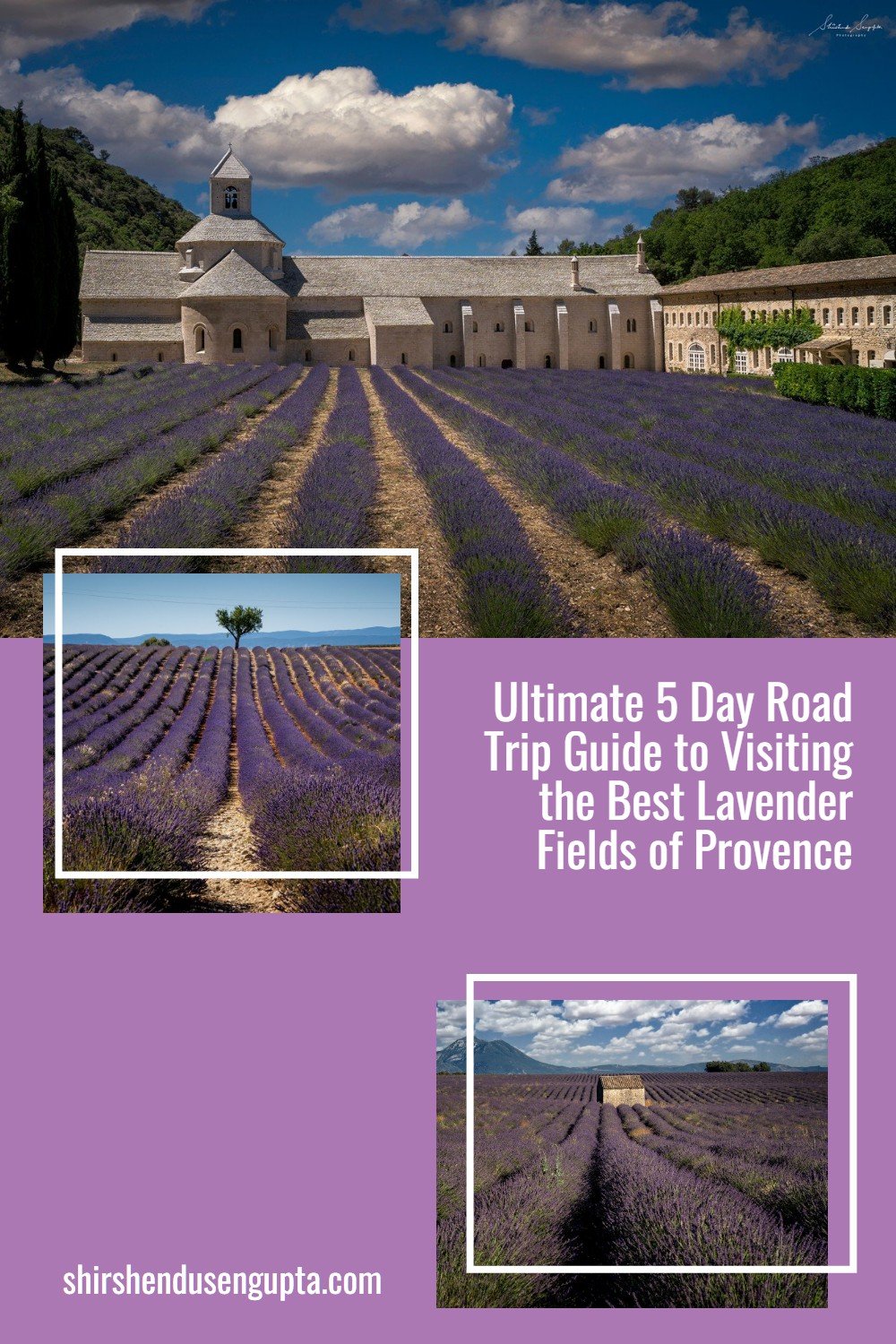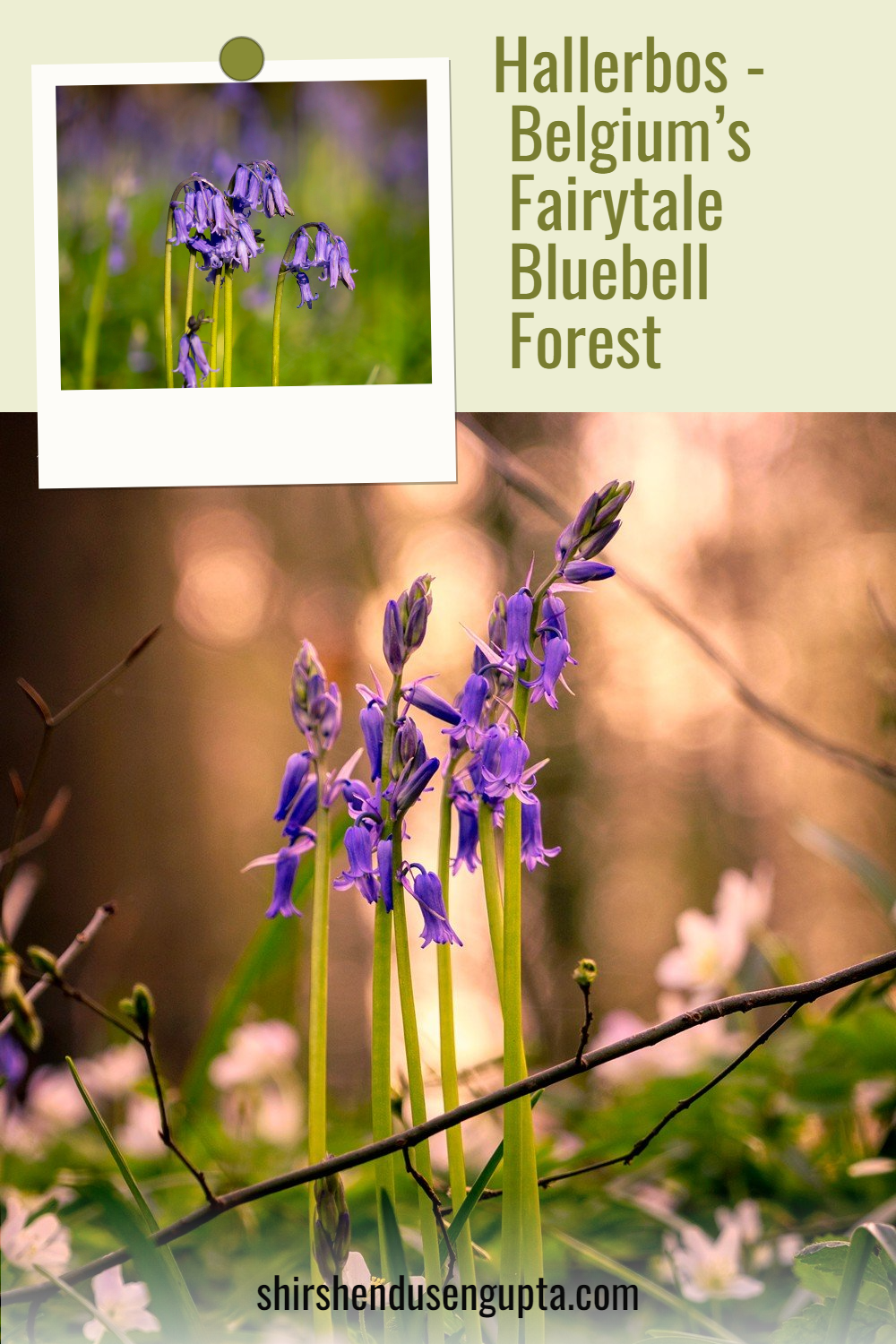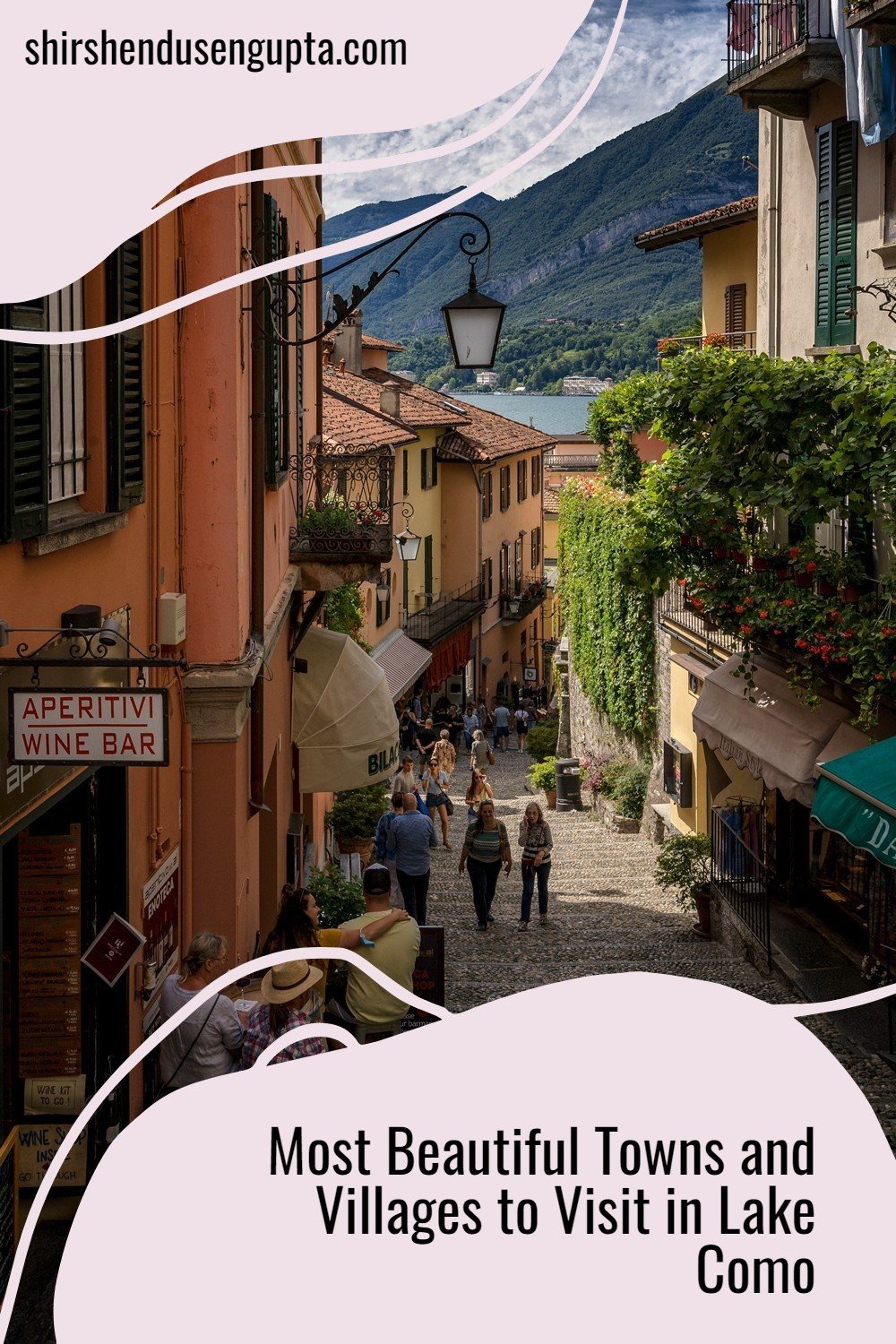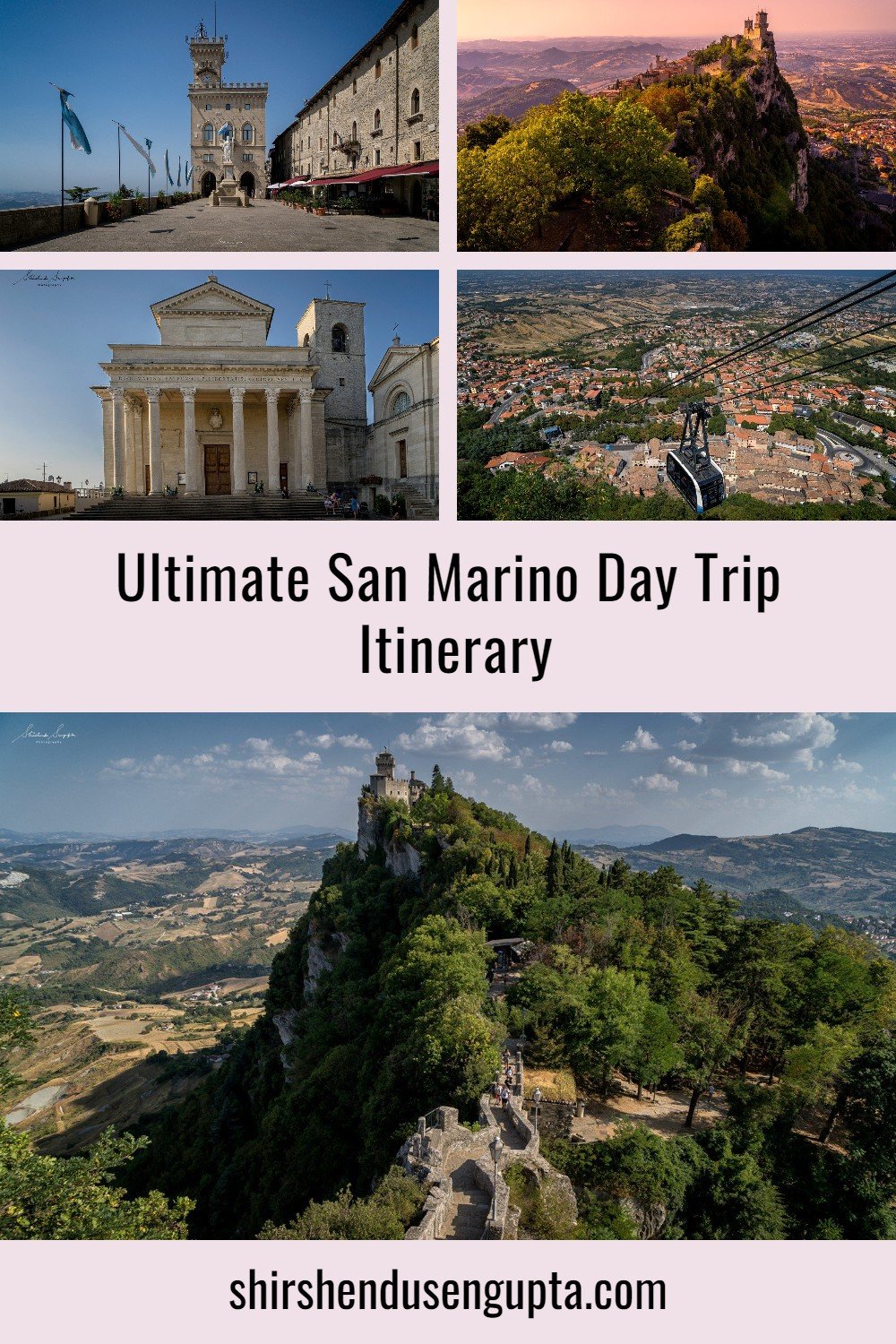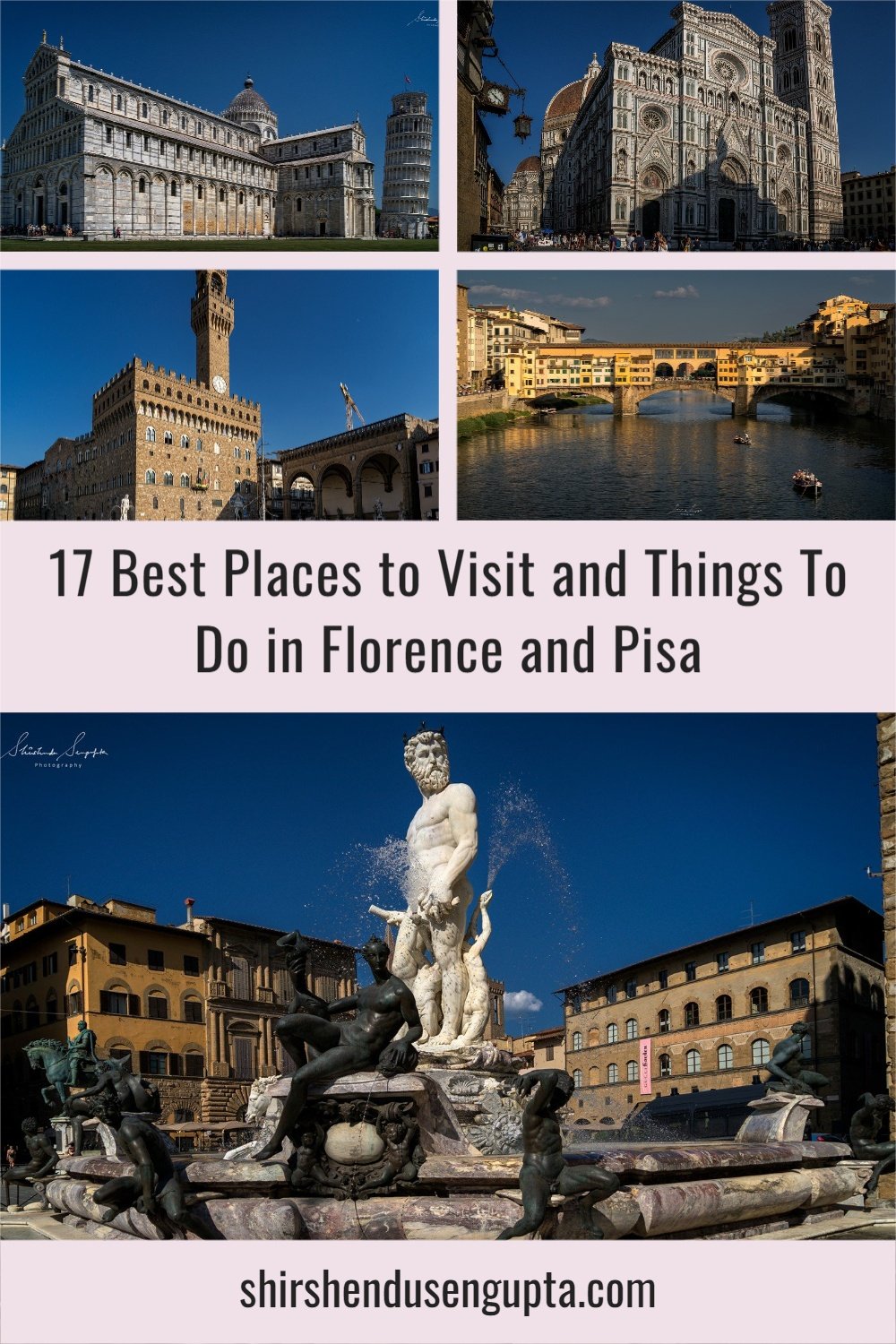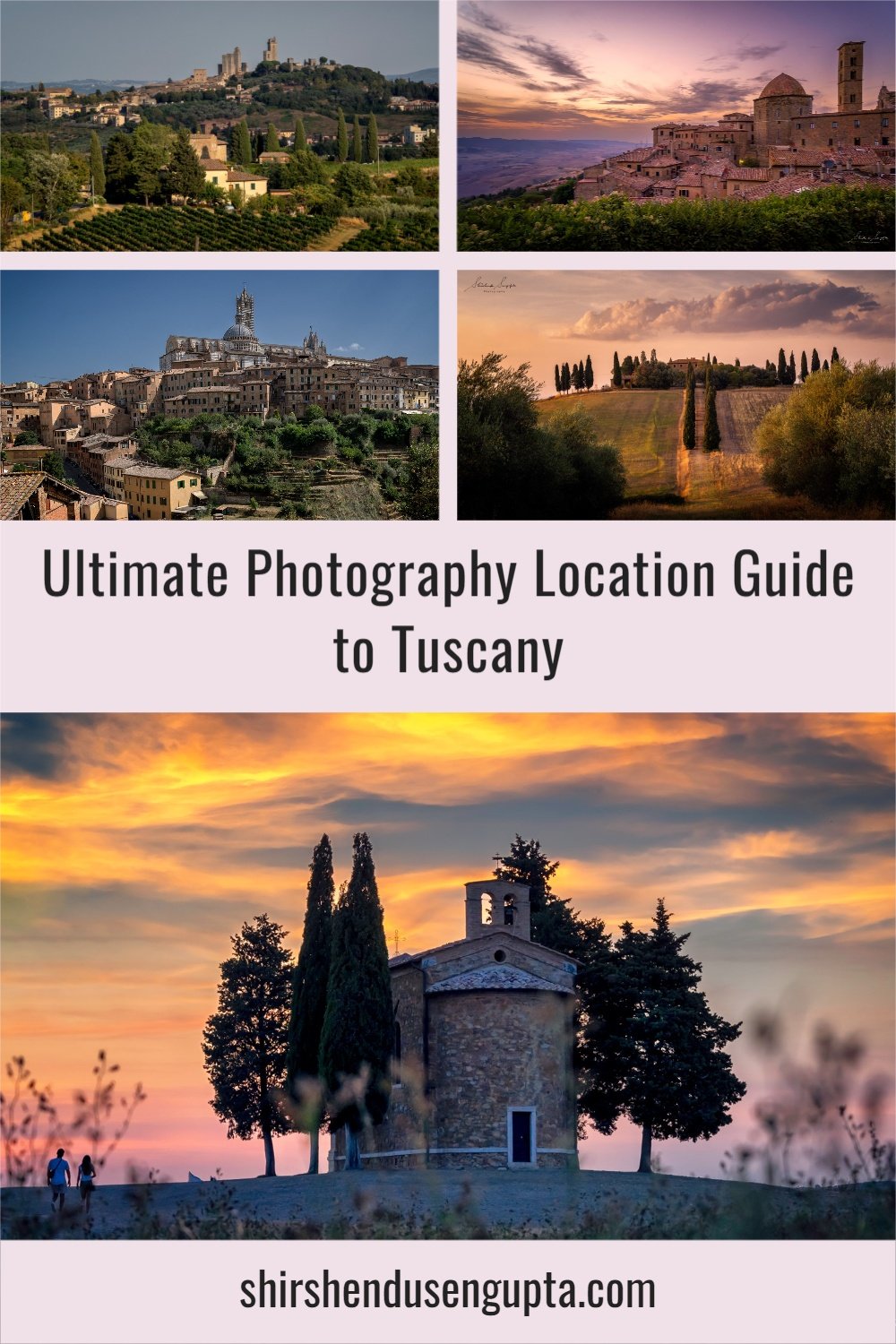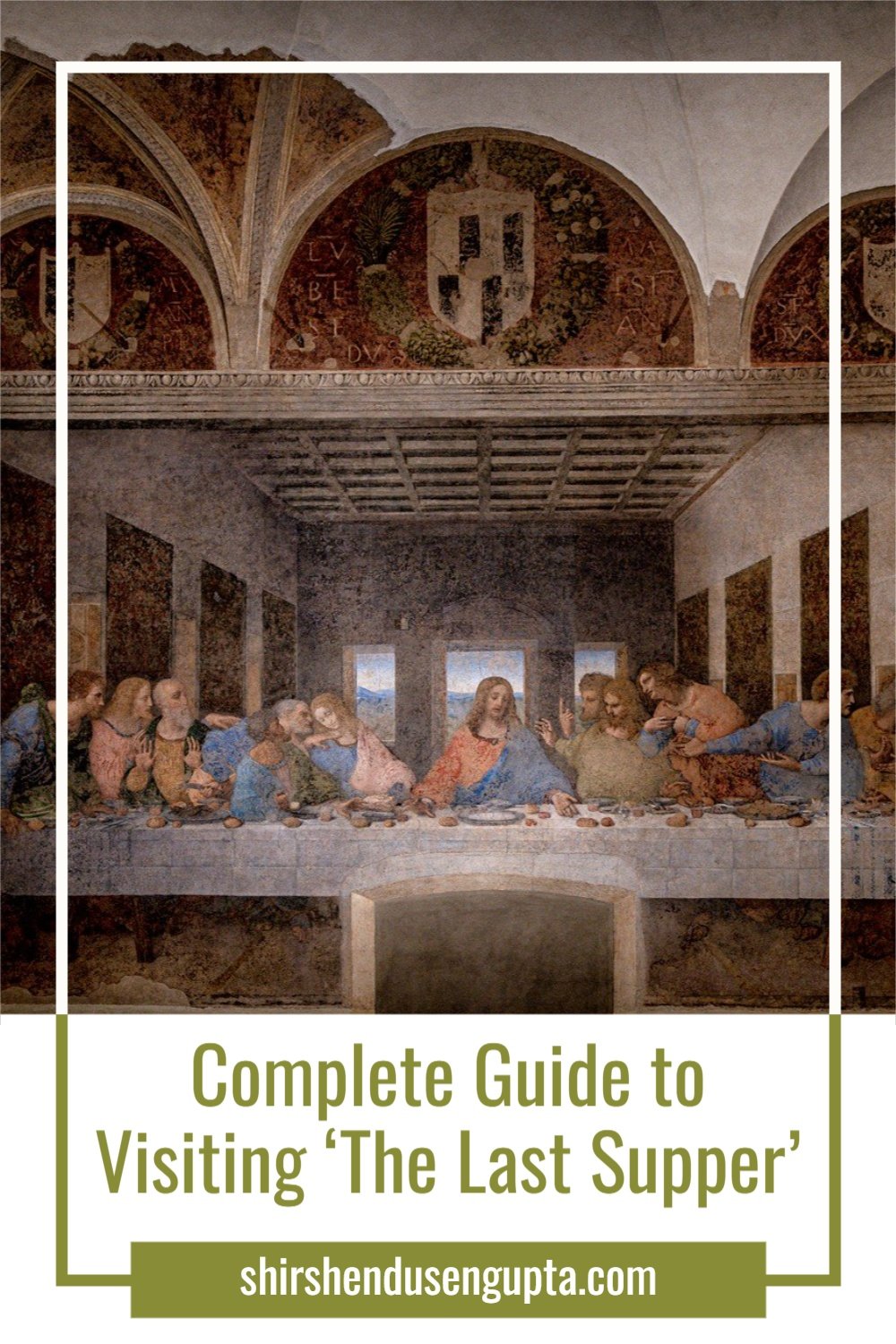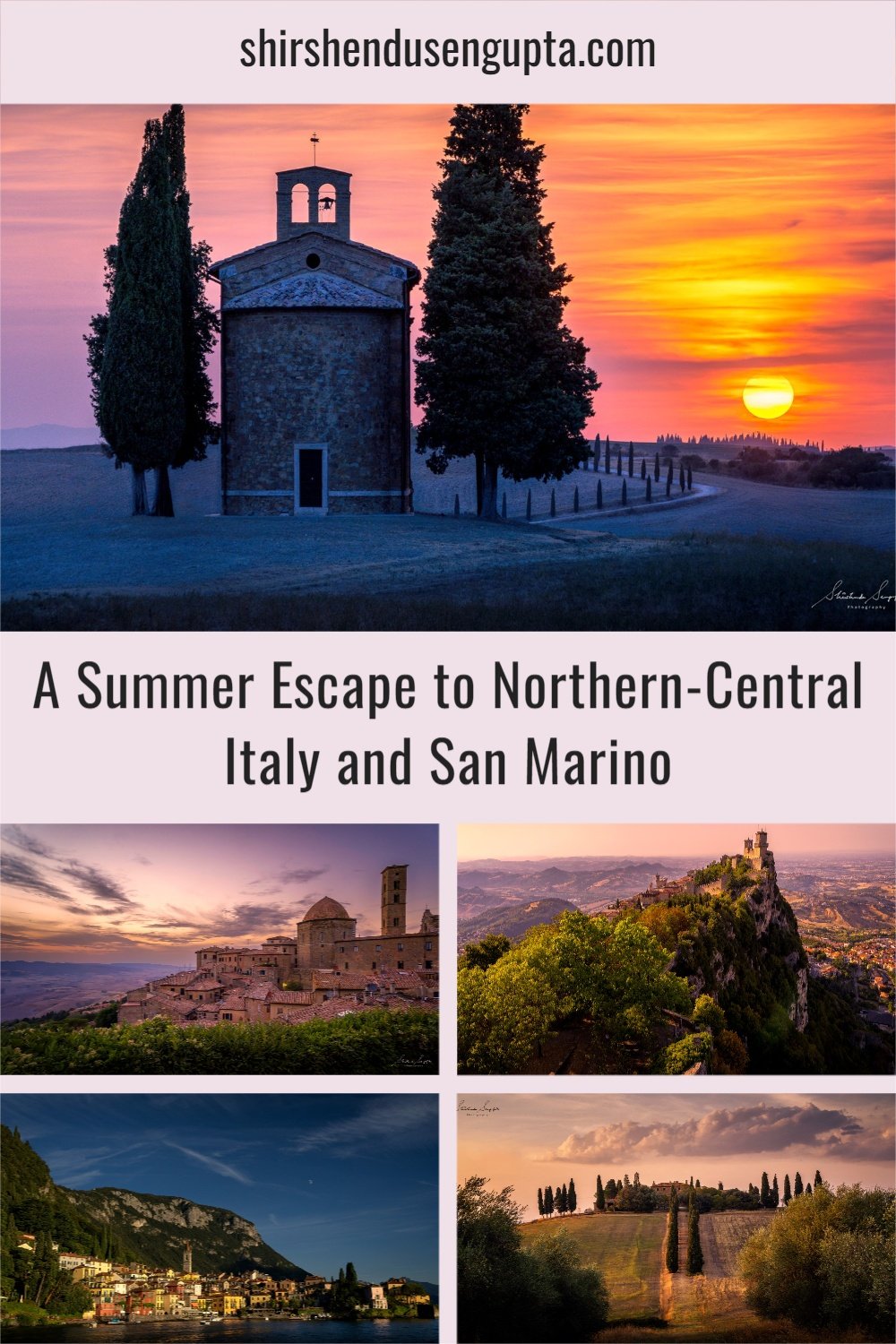Discover Slovakia | 18 Best Things to See in Slovakia
Prologue
During a memorable Easter, we set off on a marathon road run, An Easter in Eastern Europe | A 6000 km Road Trip across Poland, Slovakia, Romania, Serbia, Bosnia-Herzegovina, and Austria from the Netherlands. This journey was more than just a long drive; it was a marathon of discovery, filled with charming towns, stunning landscapes, and cultural experiences that left us in awe at every turn. From historic city squares to winding mountain roads, each day brought new adventures and unexpected surprises. On this trip, we covered Eastern Slovakia.
We also embarked on another adventure named A Summer in Eastern Europe | An 8000 km Road Trip across Slovenia, Albania, North Macedonia, Kosovo, Bulgaria, Romania, and Slovakia from the Netherlands | Travel Itinerary, Tips, and Tricks. From winding mountain roads to sun-soaked coastal towns, each stop offered its own surprises and adventures. During this trip, we visited Bratislava, the capital of Slovakia. So based on our experiences, today I’m going to take you along with me on a ride across the 18 best things to see in Slovakia. Let the journey begin!
Welcome to Slovakia
In the heart of Central Europe, more than a quarter-century after the split of Czechoslovakia, the hilly landlocked country of Slovakia, has become a fearless, independent sovereign country. The capital city of Bratislava attracts site visitors to its glorious old town and tankard-clanking drinking culture. Nearly an alternate realm, Slovakia's less-visited east is dotted with charming churches. Within its national forests are landscapes battle-scarred by the clash of rivers and rocks. Beyond the eastern boutique town of Košice, the Tokaj wine area spreads out across the very scarcely populated countryside.
Previously a part of the Austro-Hungarian empire, the Slovaks joined Bohemia and Moravia's neighboring regions to form Czechoslovakia in 1918. During World War II, Slovakia became a separate republic in 1938, tightly managed by Germany. Post the Second World War in 1945 with the Warsaw Deal, Czechoslovakia became a communist state within a Soviet-ruled Eastern Europe. With the collapse of the Soviet power in 1989, Czechoslovakia became a sovereign state that lasted only for four years. The Slovaks desired a decentralized Czechoslovakia, while the Czechs enjoyed the entire country being governed from Prague. The bickering went back and forth until the elections were held in 1992, with the Czech and Slovak election winners deciding that it remained in everybody's best interests to break up, an unpopular decision known in history as the non-violent 'Velvet Divorce.'
18 Best Things to See in Slovakia
1. Temple of the Protection of the Mother of God, Nižný Komárnik
Let’s start our Slovak journey from the most scenic eastern part of the country. Driving through Eastern Slovakia is a one-of-a-kind experience. As soon as you cross the Polish borders driving through the beautiful Polish countryside, and enter the hilly landscape of rural Eastern Slovakia, the first things you notice are the towers of unique wooden Eastern Slovak churches peeping through the widespread lush green meadows. And then you are left with no other option but to stop by and get absorbed in the serenity.
The Temple of the Protection of the Mother of God is a wooden Greek Catholic temple in Nižný Komárnik. It was built in 1938 near the original church's foundation damaged in the First World War. Although it is from the 20th century, it was proclaimed a national cultural monument in 1968 along with 26 other churches as a set of Eastern Slovak wooden churches.
2. St. Paraskeva Temple (Gréckokatolícky drevený chrám svätej Paraskevy), Dobroslava
The Church of Saint Paraskeva is a Greek Catholic wooden church located in the village of Dobroslava in Eastern Slovakia. The church was built in 1705 and has three rooms inside. The temple area is surrounded by a fence. Inside the complex is a cemetery. The church was reconstructed in 1880 and finally in 1932 when two side chapels were added to the building to give it a contemporary look. The most precious monument of interior furnishings is the restored 18th-century iconostasis, featuring the New Testament scenes. The Church of Saint Paraskeva is part of a set of East Slovak wooden churches registered in the list of national cultural monuments.
3. State Theatre, Košice
The medieval town of Košice is the biggest in Eastern Slovakia and the second in the entire country after Bratislava, the capital of Slovakia. It is the center of the Eastern Carpathians, where people from numerous ethnic backgrounds live. How much ever tumultuous might be its past, but its present is vibrant. It has been the most crucial town in the area for centuries and a natural center of culture, education, and trade.
The State Theater in Košice is a traditional theater that has three parts - drama, opera, and ballet. It was constructed on the foundation of the middle ages town hall, which was non-functional from the 16th century. A grand opening was held on September 28th, 1899, after the construction was completed. Built in Eclectic and Neo-Baroque style, the monument has ornate decors on its outside as well as inside. In front of the State Theater is the singing water fountain that is among the highlights of the city. Every hour the water fountain dances to a tune played by a carillon of 22 bells.
4. Plague Pillar (Immaculata), Košice
The Plague Pillar of the Virgin Mary (Immaculata) is situated right behind the State theatre in the middle of a small park. Built in 1723, in Baroque style, the Pillar pays homage to Mother Mary for bringing the Great Northern War Plague of 1709 and 1710 to an end. It is believed that the physical remains of St. Valentine are concealed under one of the columns.
5. St. Elisabeth Cathedral, Košice
The Gothic Cathedral of St. Elizabeth Cathedral is the biggest church in Slovakia with a capability of over 5,000 individuals whose construction spanned over centuries. The double spiral Gothic staircase from the 15th century is one of a kind. On each floor, the two staircases merge, giving birth to its popular name 'The Staircase of Love,' though the formal name is 'The Royal Staircase.'
6. Bratislava Castle, Bratislava
Bratislava, the capital of Slovakia, often described as the 'Beauty on the Danube,' situated in the foothills of the Little Carpathian Mountains, not just boasts an intriguing history but is also among the youngest capitals of the world with a young population. The contemporary city is opened to Europe and the world and visited by tourists from varied nations who're attracted by the little city's cozy yet throbbing social life and historical charm integrated with the most current trends.
Bratislava Castle, the landmark dominating the skyline of the capital, was constructed in the 9th century, as appears in the Annals of Salzburg of 907. The castle hill was occupied from the late Stone Age; its first recognized occupants were the Celts, who established a fortified settlement called 'Oppidum.' For four centuries, the Roman Empire's border, the 'Limes Romanus,' went through the location. During the Great Moravian Empire, Slavs developed a fortress that ended up being a prominent center. In the 10th century, Bratislava ended up being a vital part of the growing Hungarian state. A stone palace and St. Savior's church were built on the castle hill in the 11th century. In the 15th century, during Sigismund of Luxembourg's reign, a castle was constructed in Gothic design as an anti-Hussite fortress. In the 16th century, King Ferdinand decided to restore the castle in the Renaissance style. In the 17th century, when the castle was restored in the baroque design and ended up being the seat of the provincial chief, Pálffy. In Maria Theresa's reign, the castle was organized according to the requirements of her son-in-law Albert, guv of Saxony, and Tessen. He, being a passionate art collector, installed his collection in the castle. This collection was later relocated to Albertina Gallery in Vienna. Since the independence of Slovakia, the castle has functioned as the seat of the Slovak Parliament and the Slovak National Museum.
7. Most SNP or UFO Bridge, Bratislava
The Bridge of the Slovak National Uprising, typically called Most Slovenského Národného Povstania or Most SNP, simply put, is a roadway bridge over the Danube river in Bratislava, the capital city of Slovakia. The bridge was constructed between the late 1960s and early '70s during the Communist regime to honor the 1944 resistance movement versus the Nazi forces. The retro-futuristic flying saucer-shaped design of SNP Bridge was motivated by the optimistic futurism of the 1960s. The UFO structure, in fact, houses a dining establishment reached via an elevator that provides a stunning scenic view of Bratislava.
8. Michael’s Gate, Bratislava
When in Bratislava, one cannot miss Michael's Gate as it is among the primary entryways to the city’s Old Town. It's the only city gate that has been protected of the middle ages strongholds and ranks amongst the earliest town structures. Developed about the year 1300, its present shape is the outcome of baroque restorations in 1758, when the statue of St. Michael and the Dragon was put on its top.
9. Schöne Náci, Bratislava
Schöner Náci or Schöne Náci (real name Ignác Lamár) was a prominent Bratislava character of the mid-20th century. He was born in Petržalka on August 11, 1897 (then Hungary), and passed away of tuberculosis in Lehnice on October 23, 1967 (then Czechoslovakia). He was initially buried in Lednice. However, his remains were reburied in Bratislava's Ondrejský cemetery on September 2, 2007. Schöner Náci was the child of a shoemaker and grandson of a well-known clown, also named Ignác Lamár, and was motivated by the latter's example to bring joy to the streets of the city. He walked the Old Town and, in particular, the stretch from Michael's Gate to the river, in stovepipe hat and tails, welcoming ladies with the words, "I kiss your hand" in German, Slovak, and Hungarian. He got free food from numerous city coffee shops and supported himself with periodic cleansing work.
10. Čumil or Man at Work, Bratislava
Bratislava is famous for its offbeat statues in the streets, and Čumil (also known as 'The Peeper' or 'Man at work') is the most popular of them. The bronze statue glancing gleefully sticking his head from a manhole in the Old Town is popular amongst residents and travelers alike. It is one of the most photographed things in Bratislava.
11. St. Elisabeth Church (Blue Church), Bratislava
The Church of St. Elizabeth, typically referred to as Blue Church, is a Hungarian Secessionist (Jugendstil, Art Nouveau) Catholic church situated in the eastern part of the Old Town in Bratislava. It is consecrated to Elisabeth of Hungary, the child of Andrew II. It is described as "The Little Blue Church" because of the color of its façade, mosaics, majolicas, and blue-glazed roofing. It was the first part of the surrounding gymnázium (high school) and worked as the school chapel.
12. Presidential Palace (Grassalkovich Palace), Bratislava
Count Anton Grassalkovich, the advisor to Empress Maria Theresa and head of the Hungarian Royal Chamber, had this rococo vacation residence constructed for him in 1760. The lavish home was a popular location for social gatherings of the upper class. The Slovak Republic's president currently resides in the palace as his official residence.
Originally the palace grounds, the elegant park with historic trees and lawns is located on Hodžovo Square behind the Presidential Palace (Grassalkovich Palace). Originally designed as a formal French garden, it continues to provide a peaceful haven from the hustle and bustle of the city. It has avant-garde monuments created by modern artists, the Fountain of Youth by well-known Slovak sculptor Tibor Bártfay, and a statue of the Empress Maria Theresa mounted on a horse.
13. Slovak National Theatre, Bratislava
The opera house in Bratislava, officially known as the historical building of the Slovak National Theatre, was designed by Viennese architects F. Fellner and H. Helmer and opened as the City Theatre in 1886. It is a Neo-Renaissance style architecture. Within the oval openings in the façade are the busts of well-known composers, as well as a collection of stone sculptures, putti (figures of children representing tragedy and comedy) by V. Tilgner and the Muse of Thalia by the Viennese sculptor T. Friedl. The magnificent Ganymede's Fountain near the theater's entrance was also designed by Tilgner. The fountain shows Ganymede being carried by an eagle to Olympus, where he will serve Zeus and receive eternal youth as a reward. The opera and ballet ensembles of the Slovak National Theatre are housed in this building.
14. Holy Trinity Column (Morový stĺp), Bratislava
The 18th-century construction of the Holy Trinity Column atop Rybné námestie was done as an homage to the saints who rescued Slovakians from the plague. The sculpture of the Father resting on a globe and looking down at the Son who slew the devil with the Cross, with the Holy Spirit radiating light above, atop the Baroque column. Saint Roch, Saint Charles Borromeo, Saint Andrew, Saint Mary the Immaculate, Saint Stephen, and La Santuzza (Little Saint) are among the statues that adorn the triangular foundation.
15. Trinity Catholic Church (Old Cathedral of Saint John of Matha and Saint Felix of Valois), Bratislava
The Church of Saint John of Matha and Saint Felix of Valois is the church's official name. But it's now more widely referred to as the "Holy Trinity Church" because of its ties to the monastic Trinitarian Order. It's a Catholic church with a baroque design close to Bratislava's Old Town.
The church stands on the site of the ancient St. Michael church, which was destroyed in 1529 together with the St. Michael town to provide a better view of the Ottoman Turks attacking. The current church was built by the Trinitarian Order and dedicated in 1727. Construction began in 1717. Concurrently, a Trinitarian monastery was constructed on the premises. Regretfully, during his "storm against the monasteries" (Klostersturm) in 1782, Emperor Joseph II closed the Trinitarian Order, and the county office seized ownership of the structure. But it wasn't functional, and the monastic section was nearly destroyed. These days, the church serves as a parish for the Bratislava Catholic archdiocese.
16. Main Square (Hlavné Námestie), Bratislava
The Main Square, the focal center of Bratislava, has served as the town's hub for centuries. Kutscherfeldov Palace, Pawera House, Ungerov Dom, and the Maximillian Fountain are among the notable monuments that surround it. It's also kept lively by the abundance of eateries, cafes, and pubs in the neighborhood. The Old Town Hall building and several other notable structures are located on the main square. The oldest building in the nation is Old Town Hall, which dates back to 1599. It now houses a museum dedicated to the history of the town.
The Main Square is the site of Bratislava's Christmas fair in the winter. Every inch of the plaza is decked out, with traders setting up shop. Beverage, boiling wine, souvenirs, and a wide variety of Slovak delicacies are available.
17. St. Martin’s Cathedral, Bratislava
The three-nave Gothic cathedral of Bratislava was constructed on the site of a prior Romanesque church that dates back to 1221 and was devoted to the Holy Savior. The church was reconstructed to become a part of the city walls after 1291, when Bratislava was granted town rights (its tower acted as a defensive bastion). In 1452, the current church was consecrated. It contains four chapels: the Baroque Chapel of St. John the Merciful, the Gothic Chapel of Sophia of Bavaria (the widow of Czech King Wenceslas IV), the Canons' Chapel, and the Chapel of St. Anne.
St. Martin's functioned as the coronation church for Hungarian kings and their consorts from 1563 to 1830. The cathedral's 85-meter-tall neo-Gothic tower is still home to a 300-kg gold copy of the Hungarian royal crown. In St. Martin's Cathedral, ten Habsburg dynasty monarchs, one queen, and seven royal wives were crowned. Every year, the pomp and glory of the coronation is faithfully recreated in Bratislava at the beginning of September.
18. Bratislava Street Art
The city of Bratislava is also covered with street art that gives the city its own personality. So when you’ve finished visiting all the major attractions, you must explore the graffiti area. Start with the building next to St. Martin’s Cathedral and then take a leisurely stroll through the old town to discover a different side of the city through its colorful murals.
Visiting Slovakia
Best Time to Visit: When is the ideal time to visit Slovakia? That depends on what kind of activities and interests you have in mind. The best times to visit for outdoor activities like hiking, skiing, and seeing national parks are in the summer, from June to August, and in the winter, from December to February. With milder temperatures and fewer visitors, spring (April to June) and fall (September to November) are other great periods to visit. As mentioned earlier, we visited Slovakia twice - Eastern Slovakia during April, and Bratislava during July.
Number of Days to Stay: I suggest staying for at least five to seven days to see the best of Slovakia, including its capital city, Bratislava, scenic locales like the High Tatras, and the unique wooden churches in the hilly rural landscape of Eastern Slovakia.
Best Place to Stay: Slovakia's capital city, Bratislava, offers a variety of lodging choices to fit any budget, from upscale hotels to reasonably priced hostels. Remaining in the city center puts you in close proximity to all the main sights, dining options, and nightlife. Other well-liked locations outside of Bratislava for lodging are the High Tatras region for outdoor pursuits, spa towns like Piešťany and Trenčianske Teplice for leisure, and Košice if you want to visit Eastern Slovakia.
Best Way to Arrive: Flying into Bratislava Airport or Košice International Airport, both of which handle domestic and international flights, is the most popular method of arriving if you are traveling abroad. As an alternative, you can go from nearby nations including Austria, Hungary, Poland, and the Czech Republic by train, bus, or car. As you know already, we visited Slovakia both times by car from the Netherlands.
Best Local Mode of Conveyance: Traveling inside Slovakia is simple because of the nation's well-developed transportation network, which includes buses, trains, and motorways. Buses and trams are two forms of public transportation that are available for moving around cities like Bratislava. A car rental is highly suggested for those who want simplicity and flexibility when traveling to national parks such as the High Tatras or exploring the countryside. Cycling routes and hiking trails are also well-liked means of taking in Slovakia's breathtaking natural surroundings.
Epilogue
So that brings us to the end of our journey across the 18 best things to see in Slovakia. Please let us know in the comments below if you enjoyed reading this article.
If you wish to read the day-by-day account of our complete 6000 km road run across Eastern Europe during Easter, please visit our article An Easter in Eastern Europe | A 6000 km Road Trip across Poland, Slovakia, Romania, Serbia, Bosnia-Herzegovina, and Austria from the Netherlands. And if you’re curious to follow along on our other epic adventure, A Summer in Eastern Europe | An 8000 km Road Trip across Slovenia, Albania, North Macedonia, Kosovo, Bulgaria, Romania, and Slovakia from the Netherlands | Travel Itinerary, Tips, and Tricks, be sure to give it a read as well. Until then, merry traveling and happy shooting!
Pin the article
Bookmark the article for reading later!
Want to license/buy photos in the article?
License photos for commercial/editorial use or buy photo prints!
Want us to write an article for you?
Articles for magazines, newspapers, and websites!
Watch our Videos
Check out our videos on our Youtube Channel!
Join the Newsletter
Get updates on our latest articles!
We respect your privacy. Read our policy here.











